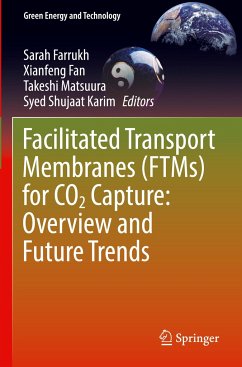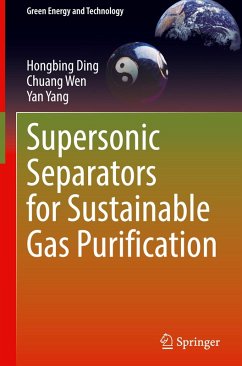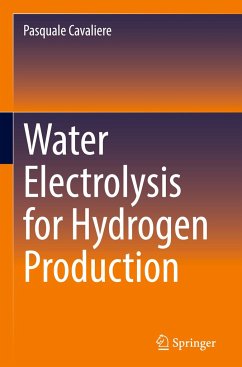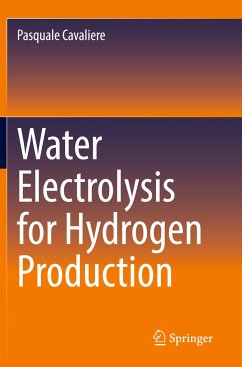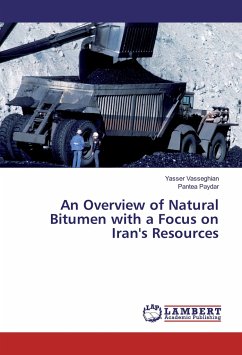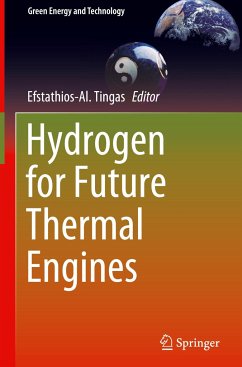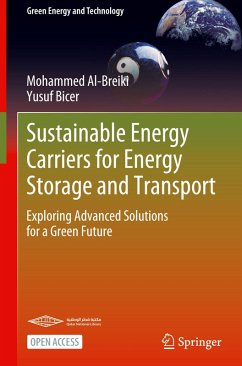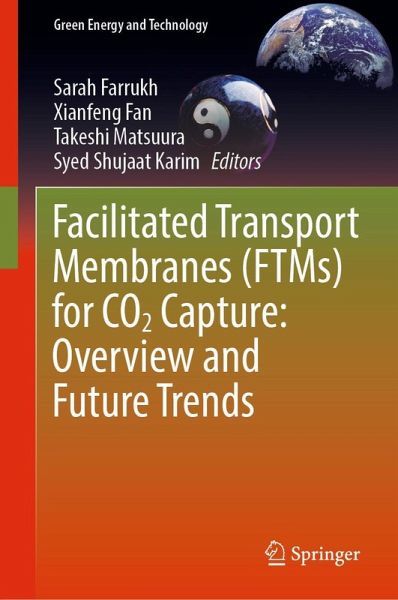
Facilitated Transport Membranes (FTMs) for CO2 Capture: Overview and Future Trends

PAYBACK Punkte
65 °P sammeln!
This book highlights the importance of Facilitated Transport Membranes (FTMs) for the application of carbon capture, covering its introduction, gas transport phenomena and models, reaction mechanisms, industrial applications such as bio-gas upgradation, flue gas separation, hydrogen gas and natural gas purification, fabrication methods of both FTMs and their carrier mediums, testing/characterization techniques, techno-analysis with up-to-date trends and the future outlooks. Climate change and environmental impacts are resulted due to greenhouse gases, particularly CO2. The industrial revolutio...
This book highlights the importance of Facilitated Transport Membranes (FTMs) for the application of carbon capture, covering its introduction, gas transport phenomena and models, reaction mechanisms, industrial applications such as bio-gas upgradation, flue gas separation, hydrogen gas and natural gas purification, fabrication methods of both FTMs and their carrier mediums, testing/characterization techniques, techno-analysis with up-to-date trends and the future outlooks. Climate change and environmental impacts are resulted due to greenhouse gases, particularly CO2. The industrial revolution is currently causing the augmented emission of greenhouse gases. Therefore, various technologies are being looked at to overcome these problems. In which, membrane technology is key among them and is envisaged for many industrial applications, especially for gas separations and carbon capture. Considering this, FTMs are being actively investigated due to their remarkable gas separationperformance.
This book describes the working principle of FTMs and includes case studies to explore their impact on different industrial applications. Also, the book highlights how FTMs are reshaping science to capture CO2 for reducing climate and environmental impacts.
This book describes the working principle of FTMs and includes case studies to explore their impact on different industrial applications. Also, the book highlights how FTMs are reshaping science to capture CO2 for reducing climate and environmental impacts.





